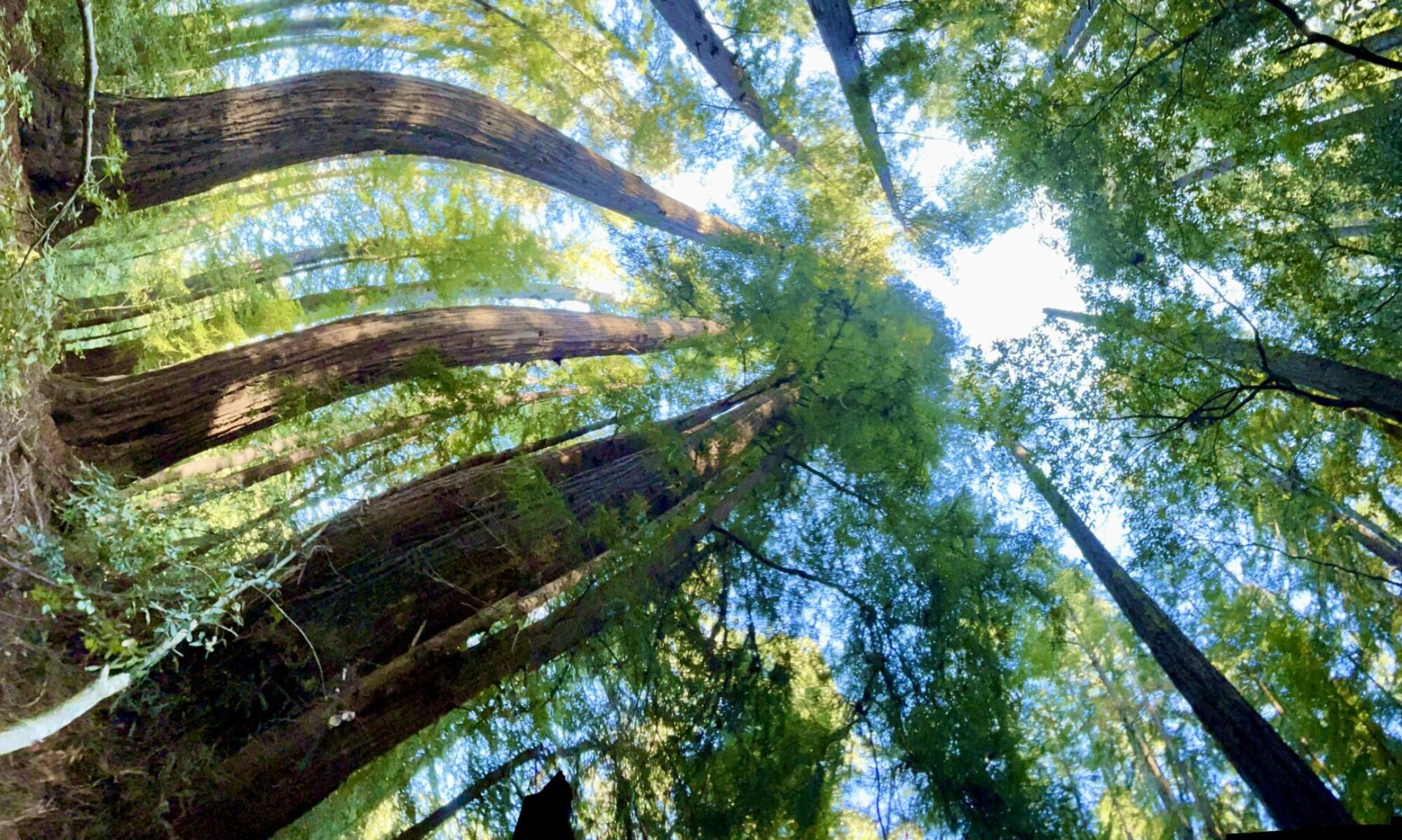By Mike Williams
Aug 25, 2022
In April 2021, the state Division of Drinking Water issued the Guild a citation for excessive disinfection byproduct (DBP) levels in the treated water. DBPs are formed when chlorine disinfectant reacts with dissolved organic carbon (DOC) in the water. We had two choices – remove residual chlorine by adding ammonia (chloramination), or remove enough DOC. For our water type, the best way to remove DOC is to pass the water thru granular activated carbon (GAC). Chloramination is unpopular in the community, and GAC is less expensive in the long run, so the CLHG board gave the go-ahead for GAC in December.
| The GAC skid was delivered in June. Each vessel is 4-ft in diameter and about 9’ tall and holds 50 cubic feet of GAC media. | The skid was placed on a newly-constructed pad and plumbed into the Filter Treatment Plant by the end of July. |
The GAC skid was successfully prepared for operation by backwashing the vessels to remove fine GAC particles. It was put on-line on August 16 and has just now completed its initial week of operation. It is removing ~90% of the DOC, which is expected with fresh media. Our prediction is that we can meet DBP reduction requirements at 50% removal, which should let us operate for about 9 months before it is necessary to have a GAC changeout service remove the spent media and install fresh media. Changeout will cost about $9,000.
The non-recurring capital cost for this GAC upgrade came in at about $150,000, compared to a “professionally” engineered GAC update design completed for CLHG in 2018 with an estimated non-recurring cost of $585,000 (in 2021 dollars). The secret was to size the GAC skid for 50 gpm (more than enough to meet current and forecast needs) and directly drive it from the existing microfiltration membrane skid – no feed tank or pump, no electrical wiring, no FTP control system changes.
